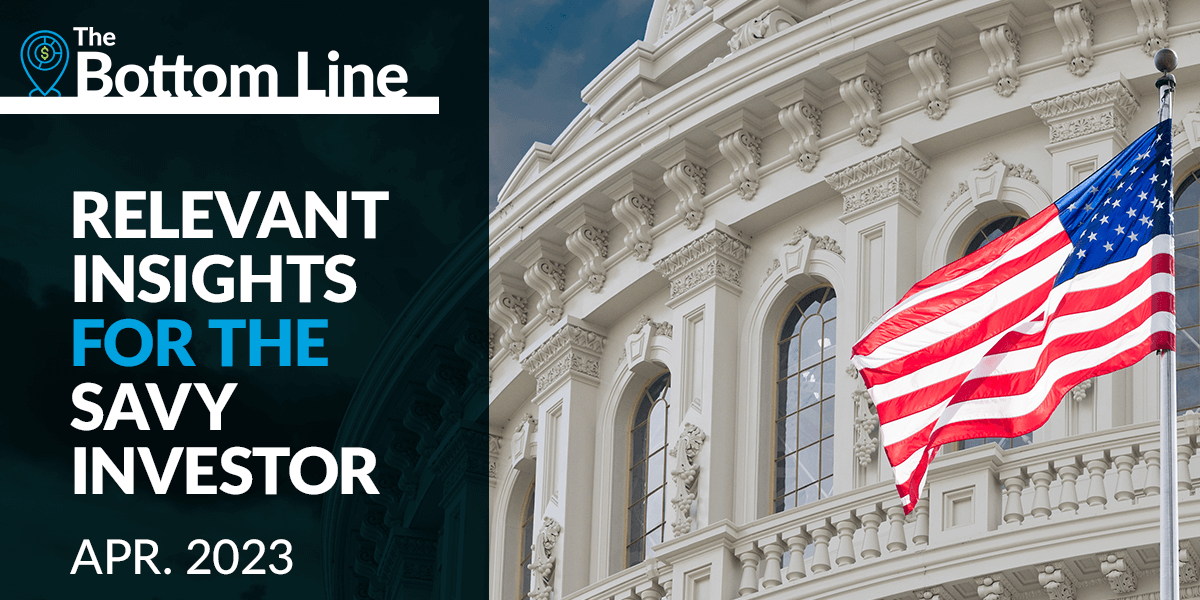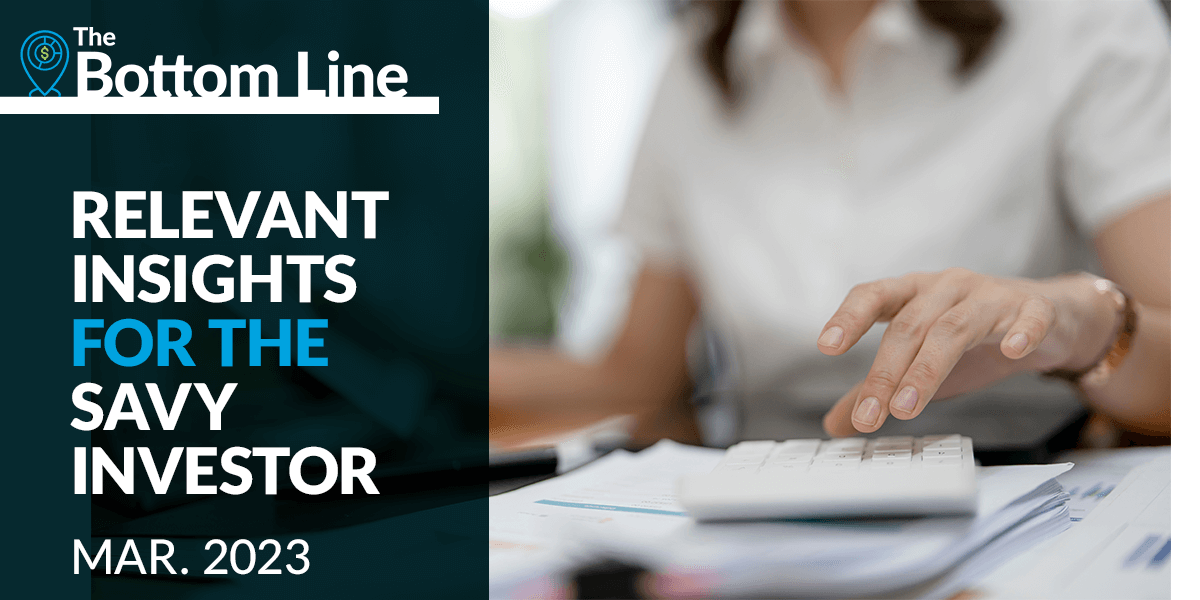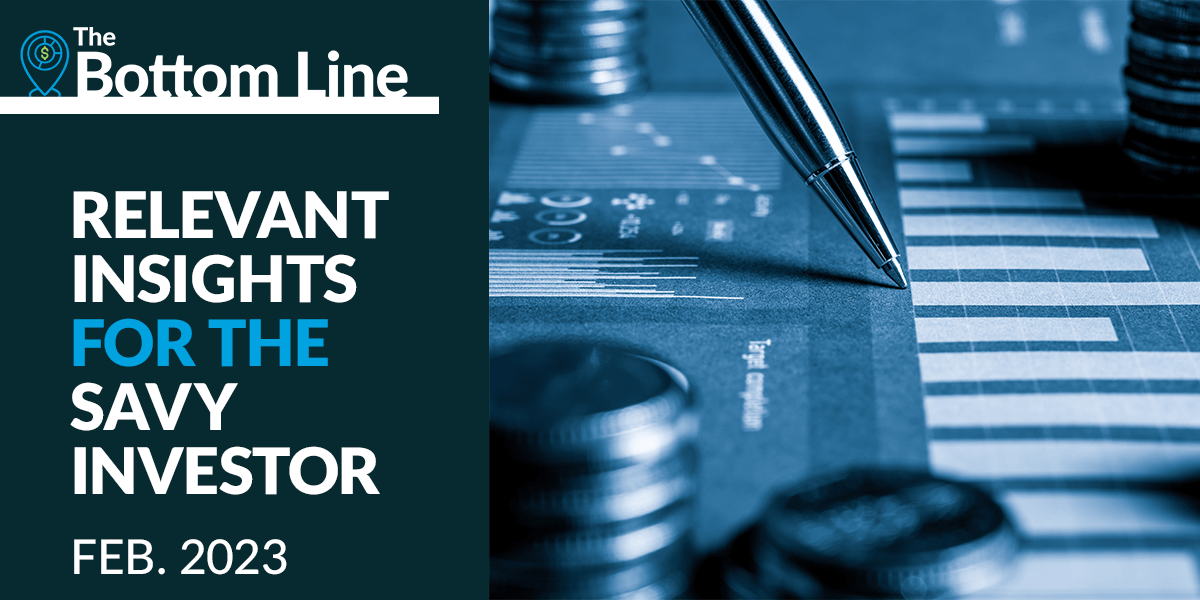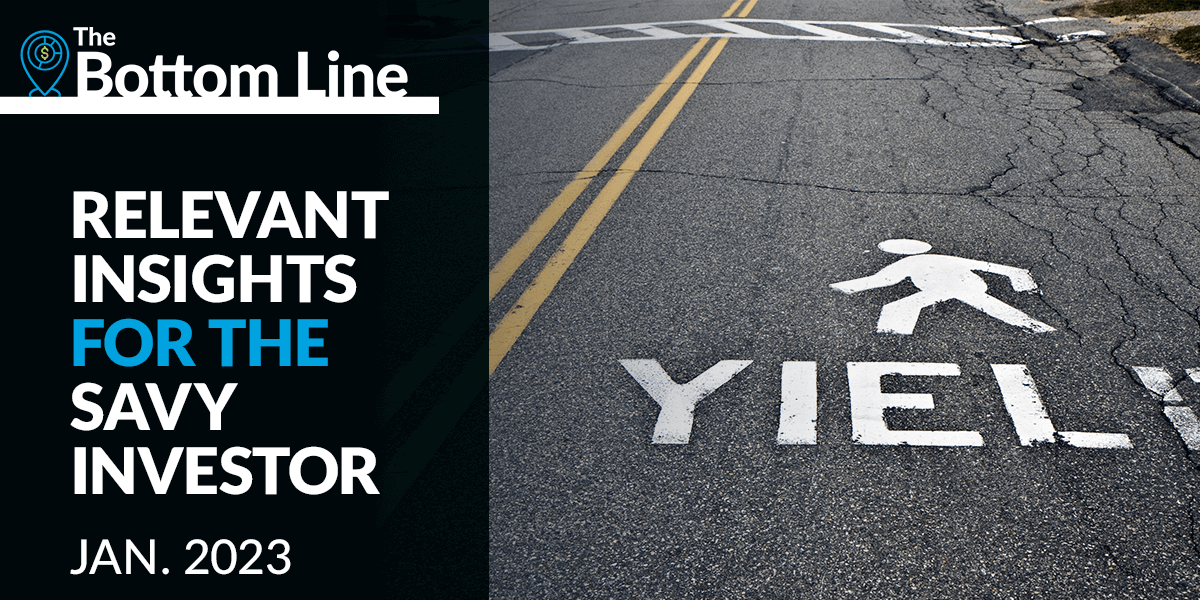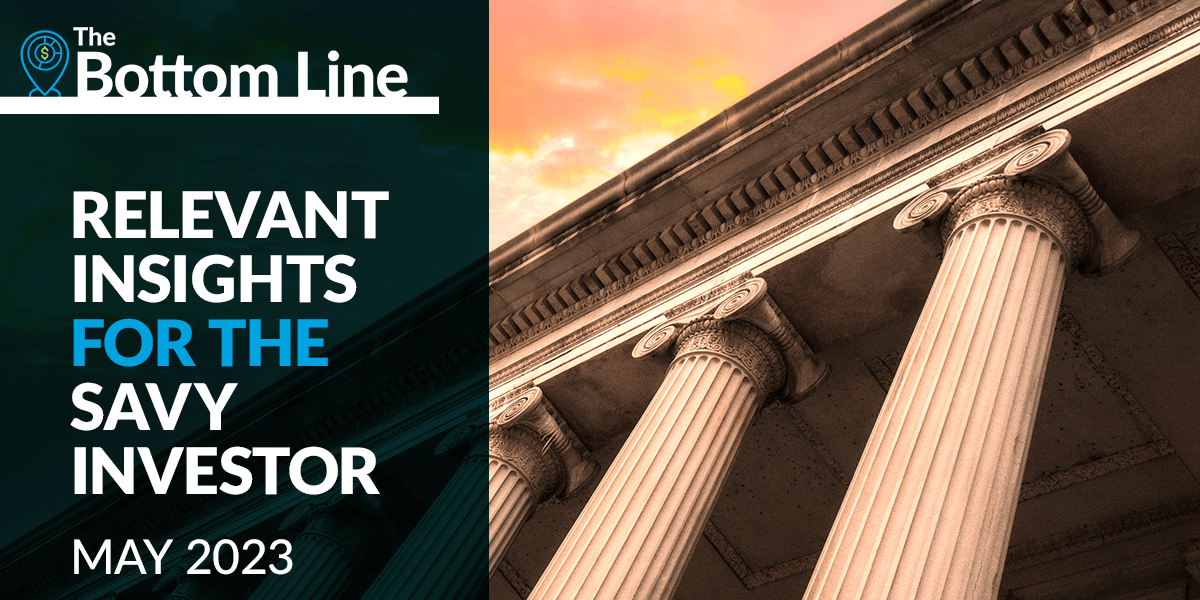

Spending Has Been Strong, But Growing Headwinds May Squeeze Future Growth
For over a year and a half, the news has been full of articles forecasting a recession, yet one has yet to show up. Since the pandemic-recession ended, the economy has expanded 18.2% with consumer spending being the driving force behind the continued growth. In the 3.25 years since the recession, consumer spending has accounted for 77.8% of GDP’s growth, much stronger than the 62.1% of the 3.25 years before the pandemic (chart 1).
CHART 1: Contribution to GDP
% contribution of each major sector to overall growth seasonally adjusted annual rate

Source: Bureau of Economic Analysis, as of Q3 2023.
Information is subject to change and is not a guarantee of future results.
Part of that might be due to the pent-up demand for purchasing that was curtailed during a recession. When comparing the pace of growth in this recovery to the past five, spending has been substantially stronger (chart 2).
CHART 2: GDP - Consumption
% cumulative change, indexed at 0.0 at end of recession

Source: Bureau of Economic Analysis, as of Q3 2023.
There are several reasons for this strong pace of spending. The primary one was the loss of household wealth during the pandemic was short-lived due to the quick recovery of lost jobs (chart 3), aggressive stimulus programs (unemployment insurance that broadened the eligibility and length, and stimulus checks to individuals and small businesses, and even some big companies), and the recovery of the stock market. Households also benefited from increased savings due to less spending by working at home, increases in compensation, and refinancing debt (like mortgages) from the Federal Reserve Bank lowering interest rates.
CHART 3: Nonfarm Payrolls - Percentage Change
%, indexed at 0 to month before recession started, in years

Source: Bureau of Labor Statistics, as of October 2023.
This gave households the financial wherewithal to afford to spend. And spend they did. Spending on goods was the first to recover as household members were at home 24/7 with other family members, and they bought products to keep the family amused. Once the vaccine was widely distributed, spending shifted to services, as consumers wanted “experiences” that they couldn’t enjoy during the pandemic.
All this wealth allowed inflation adjusted spending to maintain the same pace from before the pandemic. Before the pandemic, income and spending were very consistent, and spending accounted for about 90% of income (Chart 4). Following the pandemic, the tailwinds mentioned above pushed income upward. But as the pandemic got further in the rearview mirror, many of those tailwinds disappeared or became headwinds and inflation reduced purchasing power. So, consumers used their built-up savings to maintain their spending, but that was close to being depleted.
CHART 4: Monthly Income and Spending: Inflation Adjusted
$, trillions, seasonally adjusted, with 5-year pre-recession linear trend

Source: Bureau of Economic Analysis as of September 2023.
Information is subject to change and is not a guarantee of future results.
Looking forward, the economy will return to where it was before the pandemic, with consumer spending based on income and not on income plus stimulus from the pandemic. We believe the relationship between income and expenditure will return to the pre-pandemic relationship. This means the pace of spending will moderate from current levels. This is precisely what the Fed wants and is the impetus for its interest rate hikes since reduced demand should slow.
Market Trends
Investor sentiment has been back firmly in risk on mode this month, with the market’s bullish response a reminder that the major drivers for equities remain bond yields, the trajectory of inflation, and the Fed’s policy direction within this tightening cycle. While the reaction in markets to recent positive developments, particularly on the inflation front, is understandable, we still advise caution near term. With economic growth set to slow markedly in coming quarters, we suspect negative earnings revisions ahead could be a renewed source of pressure on stock prices before a more durable rally takes hold.
Sources
1. Bureau of Labor Statistics, October 2023
2. City National Rochdale, November 2023
3. Bureau of Economic Analysis, National Association of Realtors, Bankrate.com, September 2023
4. Wall Street Journal, November 8, 2023
5. Eurostat, October 2023
Index Definitions
The Consumer Price Index (CPI) measures the monthly change in prices paid by U.S. consumers.
The S&P 500 Index, or Standard & Poor’s 500 Index, is a market-capitalization-weighted index of 500 leading publicly traded companies in the US.
Important Information
The information presented does not involve the rendering of personalized investment, financial, legal or tax advice. This presentation is not an offer to buy or sell, or a solicitation of any offer to buy or sell, any of the securities mentioned herein.
The views expressed represent the opinions of City National Rochdale, LLC (CNR) which are subject to changeand are not intended as a forecast or guarantee of future results. Stated information is provided for informationalpurposes only, and should not be perceived as personalized investment, financial, legal or tax advice or a recommendationfor any security. It is derived from proprietary and non-proprietary sources which have not been independentlyverified for accuracy or completeness. While CNR believes the information to be accurate and reliable, wedo not claim or have responsibility for its completeness, accuracy, or reliability. Statements of future expectations,estimates, projections, and other forward-looking statements are based on available information and management’sview as of the time of these statements. Accordingly, such statements are inherently speculative as they are basedon assumptions which may involve known and unknown risks and uncertainties. Actual results, performance orevents may differ materially from those expressed or implied in such statements.
All investing is subject to risk, including the possible loss of the money you invest. As with any investment strategy, there is no guarantee that investment objectives will be met, and investors may lose money. Diversification does not ensure a profit or protect against a loss in a declining market. Past performance is no guarantee of future performance.
City National Rochdale, LLC, is a SEC-registered investment adviser and wholly owned subsidiary of City National Bank. Registration as an investment adviser does not imply any level of skill or expertise. City National Bank and City National Rochdale are subsidiaries of Royal Bank of Canada. City National Bank provides investment management services through its subadvisory relationship with City National Rochdale, LLC.
Non-deposit investment Products are: • not FDIC insured • not Bank guaranteed • may lose value
Stay Informed.
Get our Insights delivered straight to your inbox.
Put our insights to work for you.
If you have a client with more than $1 million in investable assets and want to find out about the benefits of our intelligently personalized portfolio management, speak with an investment consultant near you today.
If you’re a high-net-worth client who's interested in adding an experienced investment manager to your financial team, learn more about working with us here.
